How to choose a fertilizer for indoor plants?
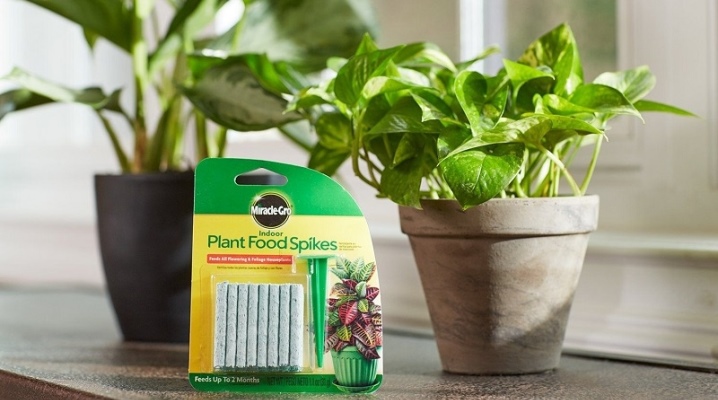
The need to choose the right fertilizers for indoor plants arises for each owner of his own "flower bed" on the windowsill. There are serious discussions and disputes about how to feed flowers at home, how to do it correctly. In order for the introduced substances to be beneficial, the use of cytokinin paste and other fertilizers should take place according to a certain scheme - exactly how, it is worth considering in more detail.
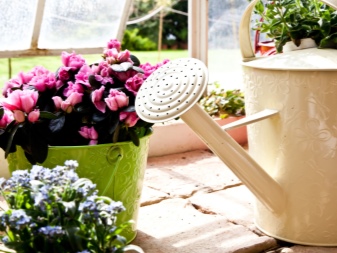

Signs of a lack of nutrients in plants
House flowers, no less than garden plants, need regular replenishment of nutrients. Throughout the spring and summer season, they need feeding at intervals of 2 weeks. Besides, unscheduled application of complex or specialized fertilizers can be performed when the following symptoms appear.
- No signs of growth. The plant does not develop new buds, leaves, it remains the same height for a long time.
- Discarding old leaves. At the same time, new ones do not appear.
- Too rare flowering. This does not apply to those exotic species that are already difficult to get to give a bud at home.
- General painful appearance. The withered leaves that have lost their color brightness, thinning stems indicate that the plant is clearly not getting enough nutrition.
- Yellowing of the leaf plate. It is associated with nitrogen or magnesium starvation, and can be aggravated by the increased acidity of the soil.
- Redness, the appearance of purple hues on leaves and shoots. This is how the lack of phosphorus is manifested.
- Chlorosis, grinding of green mass. This is how iron deficiency manifests itself.
Almost every mineral or organic component in the soil affects the overall health of a houseplant. Neglecting the rules of feeding, it is difficult to expect to get good results in floriculture.
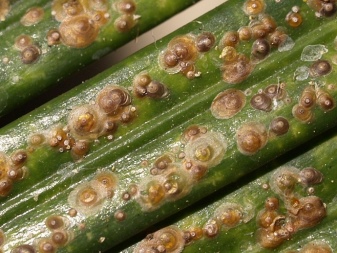
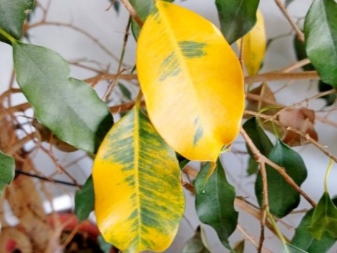
Views
All existing ready-made fertilizers can be divided into several groups: preparations for rapid growth, mineral - iron chelate, nitric acid, boric acid, iodine, as well as of organic origin. Depending on the form of release, they can fertilize the soil in liquid or dry form, the duration of action will also be different. Many dressings contain components of pharmacy origin - ammonia, vitamins, succinic acid contains cytokinin paste.
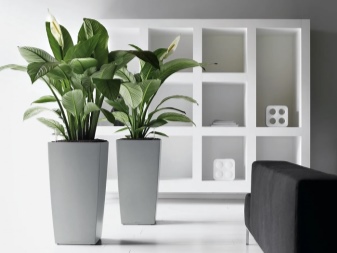
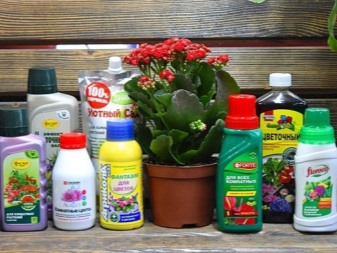
Mineral
This group of fertilizers contains macronutrients, trace elements necessary for the normal growth and development of plants. Natural minerals are the main component of ready-made products. Such feeding options are inexpensive, easily dosed, and have ready-made packaging. Mineral fertilizers make up a significant proportion of the free trade of this kind of goods. They are selected according to the type of soil, culture and phase of the current state of the growing season.
For mineral fertilizers, precise dosing of ingredients is very important. Excessive soil levels can be detrimental to potted flowers. There are mono-component and multicomponent feeding options. The following are considered the main elements of mineral fertilizers.
- Phosphorus. Mineral in the amount of at least 20% is part of complex fertilizers, has no restrictions on the seasonality of application, is universal when used on soils with different acidity. It is very important to remember that phosphorus fertilizers are effective only if there is a sufficient amount of nitrogen-potassium substances in the soil. Among the most popular complexes on this basis are "Superphosphate", "Phosphorite flour"
- Nitrogen. Fertilizers based on it are recommended to be applied to the soil in spring, for the rapid and lush growth of young shoots; when sowing seeds, this component ensures their faster germination. Nitrogen fertilizers include calcium sulfur, sodium and ammonium nitrate. Urea is used to acidify the soil.
- Potassium. Highly effective fertilizers are made from its salt, aimed at improving the qualitative composition of sandy soils. In indoor plant growing, its sulfate form (sulfate) is mainly used. Cultures with a developed root system react especially well to such feeding.
The auxiliary include minerals such as magnesium, calcium, manganese and sulfur. In the composition of complex fertilizers, there are combinations of 2, 3 or more components.
On the basis of the basic triplet of mineral components, such popular preparations as Azofoska in granules, Nitrofoska, NPK in fine-grained form are prepared.

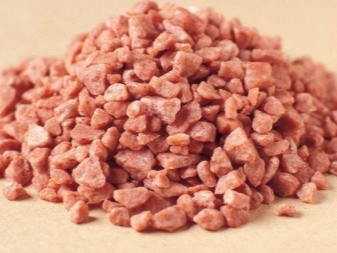
Organic
This group of dressings for indoor plants includes materials and components obtained as a result of the vital activity of living organisms. The composition always contains 3 main components: potassium, phosphorus, nitrogen, as well as auxiliary ones. Among the most famous species used in indoor plant growing are the following.
- Peat. Organic fertilizer with a high nitrogen content. Only used in pots for plants that prefer acidified soils. Peat also contains sulfur, silicon, calcium, fluorine, iron and other trace elements. This is a good basis for preparing soil mixtures for seedlings.
- Wood ash. It is obtained by burning natural raw materials, has a high nutritional value, and provides soil deoxidation. In addition to potassium, phosphorus and nitrogen, ash contains boron, magnesium and manganese, which affect the growth of indoor flowers.
- Eggshell. It plays the role of drainage, improves the mineral composition of the soil.
- Bone flour. It is used for growing dwarf fruit crops in pots, promotes the formation of ovaries. This type of organic matter is obtained from the bones of fish and cattle. The finished product has a high concentration of nitrogen and phosphorus.
- Wood sawdust. With their help, mulch is made for potted plants, which helps to better retain moisture in the root area.
- Compost or humus. Unlike fresh manure, they are not chemically aggressive. There are no weed seeds and pathogenic bacteria in the humus. It is used in solutions or laid dry under the root.
Organic fertilizers are not well tolerated by all plant species. For example, they have a beneficial effect on palm crops, indoor roses, pelargoniums and primroses, and ferns. At the same time, upon contact with corms, the underground part of the plant decays.
A distinctive feature of organic fertilizers is the ability to generate heat - rot. They are not directly absorbed, but with the course of natural decay processes, they turn into a complete set of essential nutrients.
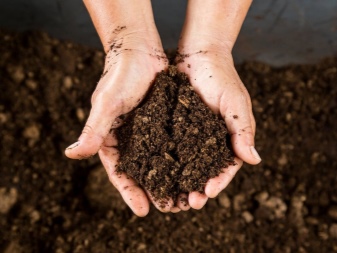
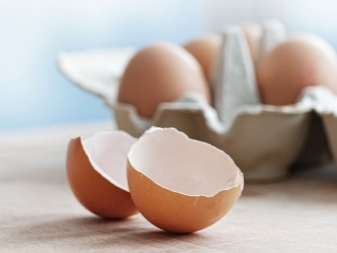
Growth stimulants and regulators
This category of drugs belongs to phytohormones - substances that affect the fruiting of plants, the timing of the ripening of the crop. They can be of synthetic origin, extracted from peat, algae, mushrooms. A distinctive feature of growth stimulants is their gradual introduction at regular intervals. All of them are divided into such options.
- Brassines. Provide ripening of fruits and seeds in unfavorable climatic conditions.
- Auxins. Affect the intensity of shoot formation. When applied, intensive branching, development of leaves and branches occurs.
- Cytokinins. Helps to influence the rate of cell division. With their help, old shoots die off faster, new ones are more actively formed.
- Gibberellins. They affect the speed of germination, improve seed germination.
Growth enhancers include succinic acid and products based on it. Cytokinin paste, tablets, pills, powders are just a small part of what is made from this substance. Succinic acid is suitable for pre-sowing, stimulating, restorative treatment. The same category includes humin, boric acid.
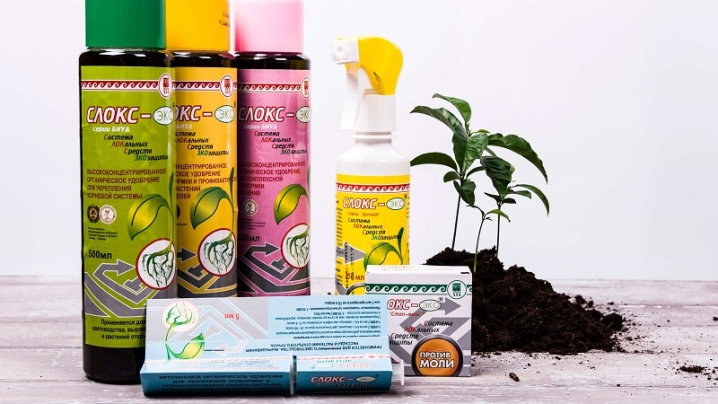
The best ready-made fertilizers
Among the finished industrial fertilizers, there are those that have become truly popular. In the field of indoor floriculture, safety, a convenient form of drug use, and availability for sale traditionally come to the fore.
"Fasco"
The brand under which mineral fertilizers are produced. You can find liquid concentrate, Fitoverm, Vermiculite, Kremnevit, Agroperlite. Sprays are offered for the most tired plants. All components are environmentally friendly, efficient and safe.
Agricola
One of the leaders in the fertilizer market. The complex is produced in the form of a liquid concentrate, dry granules, sticks for placing in the ground. There is a separate product line for flowering crops. In the composition: phosphorus, copper, iron, zinc, bromine and manganese, molybdenum, nitrogen-phosphorus-potassium mixture. Among the ready-made preparations for fertilizing the soil or stimulating plants, there are leaders and outsiders. Many of them are used by breeders. For example, the following preparations are well suited to stimulate growth.
- "Zircon". A drug with immunomodulating properties. It is distinguished by economical consumption, has a beneficial effect on the soil microflora, activates the natural protection of the plant.
- Kornevin. Helps to speed up the rooting of new seedlings. The powdery substance is convenient for dispensing and administration. The price of the product is low.
- Epin. Synthetic phytohormone to improve metabolic processes. The instruction prescribes to dilute the liquid concentrate with water, use the resulting solution to soak the seeds.

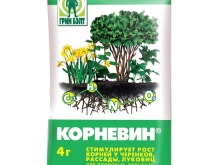
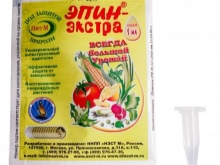
Some organic fertilizers are also produced industrially. Among them, the following universal options can be distinguished.
- "Organic". The preparation is focused on floriculture, contains sapropel, peat flour, spirulina, wood ash, chalk and humate.
- "Gumi". A preparation with a high concentration of bioactive substances, including humic acids. Promotes the growth of green mass by the plant.
By choosing the right ready-made formulations to improve soil properties, stimulate growth, and develop plants, you can create really comfortable conditions for growing them.


How to choose?
To find the most effective fertilizer for indoor plants, you need to pay attention to factors such as the type of soil, the special needs of the plant. For example, flowering species for the formation of buds should receive a sufficiently rich in potassium and phosphorus "nutrition". For plants with beautiful, lush leafy rosettes, nitrogen is much more important.
It is worth considering the peculiarities of cultivation. At home, it is not customary to use organic matter in the form of chicken manure, cow or pig manure, and other types of feces. More often, mineral complexes are used for plants on the windowsill, which are easy to dose and apply. Growth stimulants are used mainly for germinating seedlings, as well as at the stage of seed treatment.
When choosing a form of release, one must proceed from how much time is devoted to caring for the plants. Most often, top dressing is chosen in a liquid concentrated or powdery form, which is then diluted with liquid to the required volume. Sticks and "tablets" should be combined with automatic irrigation systems for the period of departure or in the summer heat. They gradually release minerals with each intake of moisture. It is impossible to "overfeed" the plant in this way.
Almost all types of fertilizers are applied to the root area of the plant. The exceptions are those species in solutions that are intended for spraying leaves. They are applied using a special spray bottle. This form of fertilizer is suitable for non-palm plants. Top dressing is not absorbed through the leaves of those green shoots that have a glossy or pubescent surface, as well as thorns.
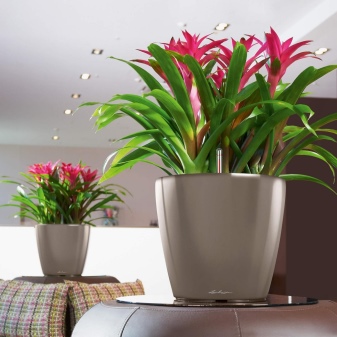
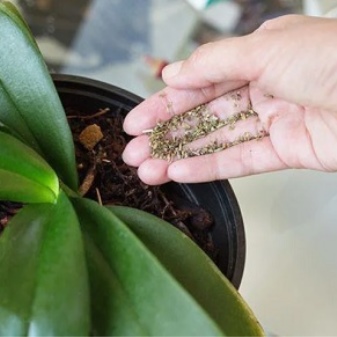
How to apply correctly?
The method of using fertilizers for indoor plants depends largely on their type. Some crops need to be fed only in autumn and with dry granules, others - watered. The dosage accuracy matters - you cannot use the composition without instructions, dilute strongly or exceed the concentration of the agent. At home, recommendations for the use of dressings are best considered separately for each of the groups.
Mineral
This type of fertilizer has its own secrets for correct use. Usually they are introduced into the ground before the onset of cold weather and a reduction in daylight hours, as well as during planting. In summer and spring, it is also worth periodically replenishing reserves of minerals. Among the important rules for their introduction and storage are the following.
- You can only use a drug with an unexpired shelf life. Expired components will not be useful, they can harm cultivated plants.
- Dosing accuracy is critical. Plants in pots and tubs in this sense are much more vulnerable than those growing in open ground. Even in different growing seasons, the dosage will differ.
- Nitrogen fertilizers are stored in sealed containers. This chemical element is volatile and can lose its properties over time.
- For the preparation of solutions, only special containers are used. It is strictly forbidden to take utensils used for cooking or eating. Poorly washed off chemicals can cause poisoning. All work with them is carried out only in protective gloves.
- The most convenient form for indoor plant growing is granular fertilizers. It is they who are easier to introduce than others, they perform their functions well.
- The introduction of mineral dressings is carried out at the root. This rule is rarely violated.
It should be understood that minerals are the basis for the growth of greenery in a pot. If the green pet is wasting away, it's time to feed it.
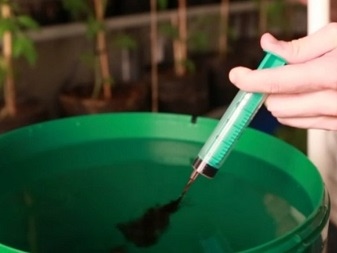
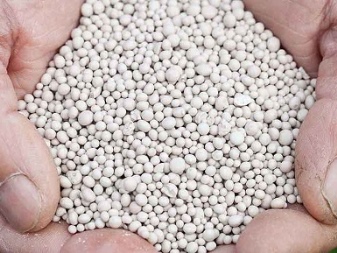
Organic
Top dressings of organic origin have 1 basic rule: they are prepared and used with great care, since exceeding the concentration of the substance can completely destroy the plant. The application is carried out according to the pre-sowing or post-sowing scheme, watering is carried out at the root, the leaves are affected by a sprayer. Seeds are soaked in solutions before sowing.
Growth stimulants
Plant stimulants are used according to the following scheme:
- planting material is soaked in "Heteroauxin";
- the first sprouts that appear are sprayed with "Epin";
- when transplanting to a permanent place, the first drug is used again;
- during the formation of buds sprayed with "Etamon";
- make "Bud" on the eve of flowering.
To consolidate the results, the processing is repeated cyclically.
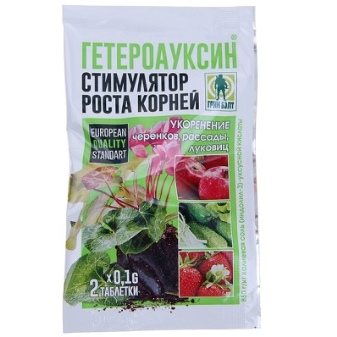
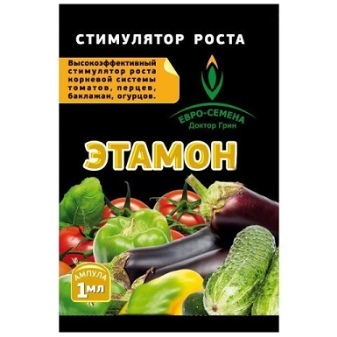
Recipes for folk remedies for feeding
Folk recipes often provide for the possibility of using substances as fertilizers that are not at all suitable for this. For example, coffee grounds are not the best solution for planting in a flower pot. It strongly acidifies the soil, especially detrimental to flowering plants. Popular tea leaves should be used only as drainage.
Eggshells are also needed only for additional loosening of the soil; plants simply do not need calcium in this form. There are also tools that can and should be prepared with your own hands for a home flower garden. Among the useful and available components for applying to the soil, the following options are worth highlighting.
- Sugar. It contains glucose, to which all plants react positively during the flowering period. It is enough to occasionally add up to 0.5 teaspoons of granulated sugar to the pot and reinforce this action with watering. The answer to this concern will be abundant and long flowering.
- Banana peel. It is a valuable source of potassium, but fertilizer must be applied and prepared according to the rules. First, the peel is dried for 7 days, then crushed into powder using a blender or pusher. In this form, fertilizer can be applied to the soil, especially when transplanting.
- Wood ash. A useful ingredient in a soil mixture containing nitrogen. It is with its help that growth processes are activated in plants, it actively shoots, forms buds. Potted ash is also a prophylactic agent against harmful insects.
- Nettle infusion. In the warm season, you can constantly prepare a product based on the shoots of this plant. They are kept in warm water for 24 hours. Then the infusion is filtered, used for watering no more than 1 time in 2 weeks.
- Brewer's yeast - natural growth accelerator, flowering stimulant. In addition, their introduction into the soil allows the formation of the correct microflora, makes it possible to improve rooting. For feeding, a yeast solution based on a raw pressed briquette or dry concentrate is used. The easiest way is to prepare a solution from ready-made raw materials by mixing 10 g of yeast with 1 teaspoon of sugar and a small volume of warm water, insist for 20 minutes in warmth, dilute with 1 liter of water (before watering, dilute at a concentration of 1: 5).
- Potassium permanganate. This component is often found in the most popular garden fertilizers. In indoor plant growing, it is used to disinfect roots during transplantation, to process parts of the root and tuber already infected with infections. When watering the soil, a concentrated solution of a ruby shade is used as a preventive measure. For soaking and disinfection, use a weak mixture of pale pink color.
- Soda. It is used to reduce the acidity of the soil, disinfect, fight late blight. If you pour a mixture of 1 tablespoon of soda, salt and half the amount of ammonia dissolved in 5 liters of water, withering plants, you can extend their flowering time, improve their vitality.
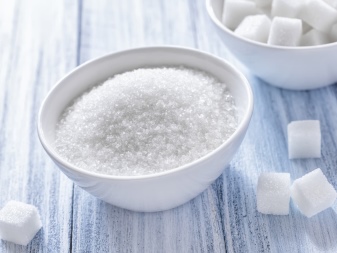

Following these recommendations, you can even create a favorable breeding ground for indoor plants from available tools.
For information on how to choose the right fertilizer for indoor plants, see the next video.







































































































The comment was sent successfully.